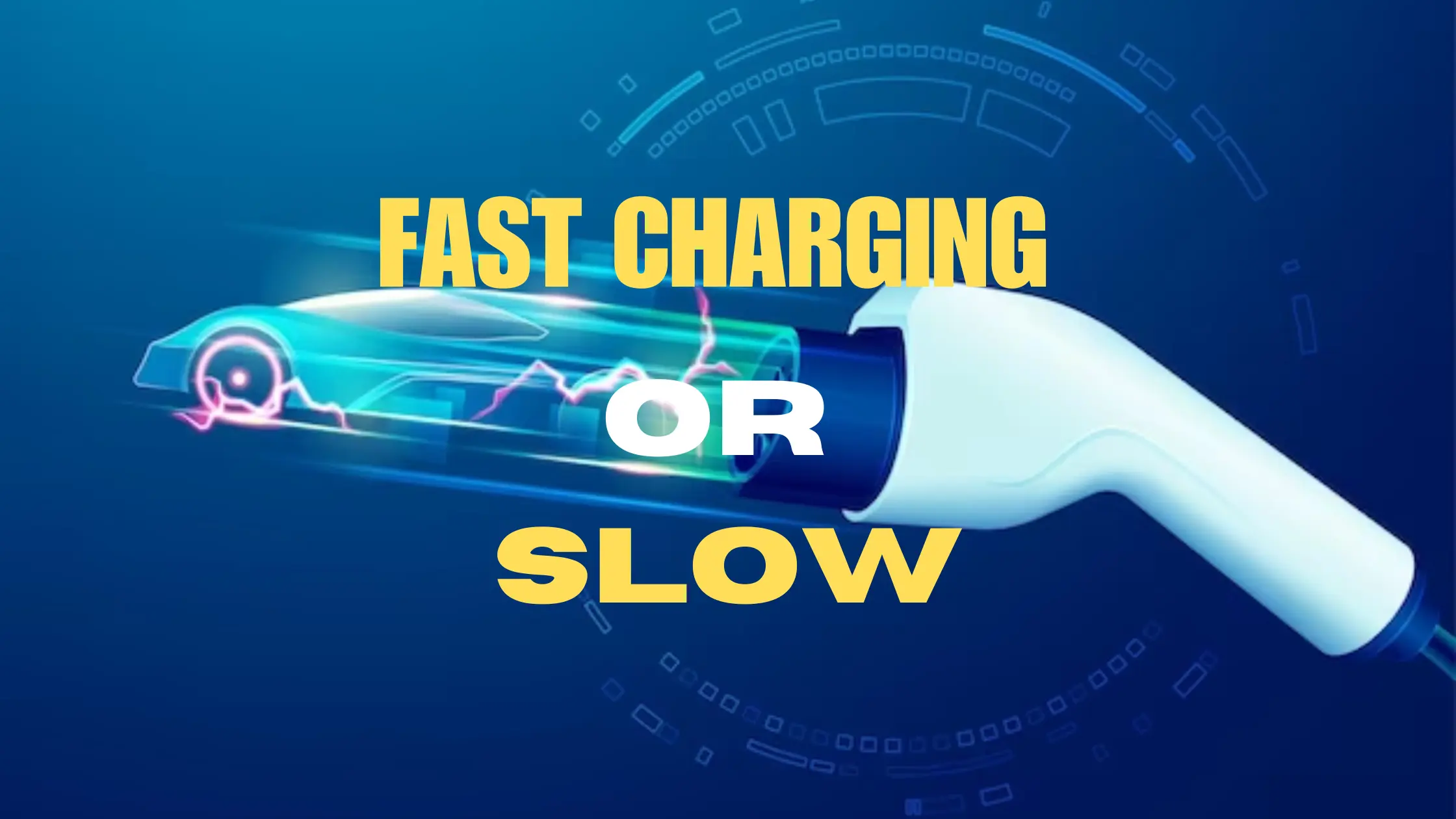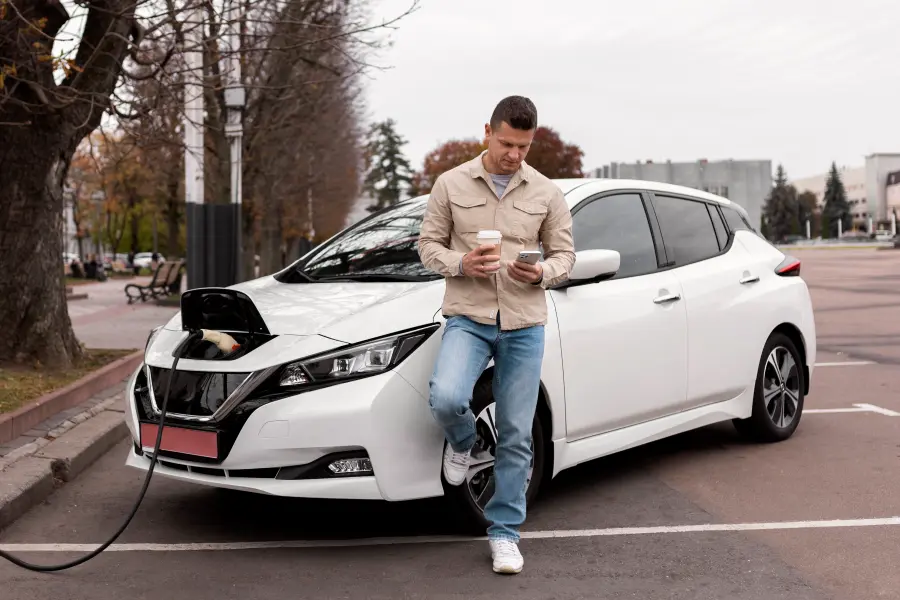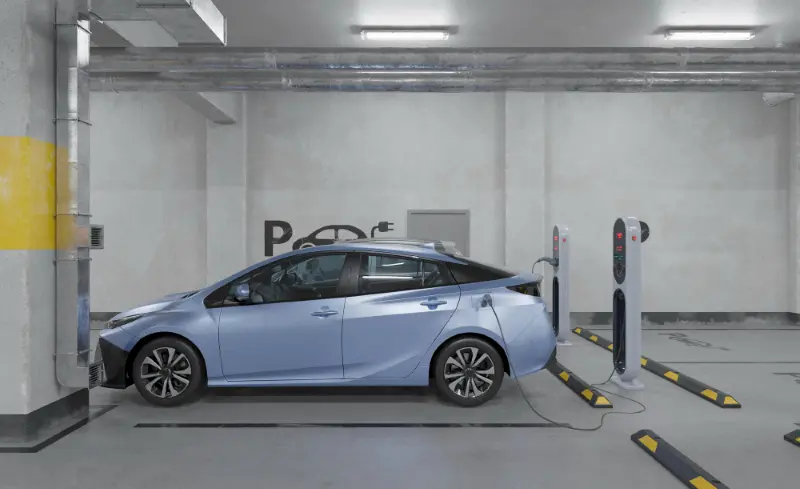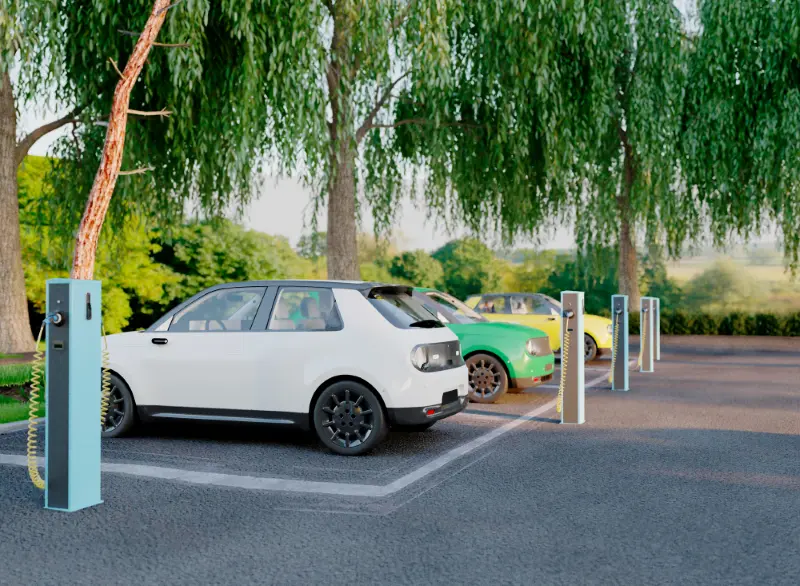Menu
Menu

Updated on Sept 15, 2023 | 6 min read
Have you ever done rush eating? Like, when you don’t have enough time to eat but it’s very important to juice yourself up to work efficiently. Usually rush eating doesn’t have any direct disadvantages but it can compound into a big problem if you continue practicing the same each day. Have you ever considered a similar scenario about batteries?
If you rush such an enormous amount of energy into the batteries every day it can cause some serious internal degradation to the cells, and your Electric car battery may not last longer. But at the same time, it’s equally important to fast charge your EV to curb range anxiety and use your EV effectively. So, where does the gray area lie, what’s the most potent way to charge your EV and get the maximum out of it? Let’s dig into it and identify what’s cracking the fast-charging batteries and how we can prevent our batteries from dying quickly.

You can relate fast charging with rush eating. While fast charging the EV, all the processes happening inside the battery like ion movement, chemical reaction, heat exchange, etc. get exponentially faster while in slow charging things happen slowly. While slow charging things happen uniformly and steadily making it a safer and most convenient way of charging from the point of view of the battery.
Here’s a brief breakdown of fast-charging vs. slow-charging and what are the stakes of using or not using electric vehicles:
Fast Charging | Slow Charging |
Comfortable for the user but tears down the battery from the inside. | Requires trip planning and patience but keeps the battery long-lasting |
Put an enormous load on the grid | Put an adequate amount of load on the grid. |
Require a costly setup to charge the vehicles | This can be done with existing infrastructure and nominal setup |
The Cost of charging is very high | The cost of charging is low. |
Highly recommended for long distances. | Not really recommended for long-distance travel. |
The cost of charging is high (Sometimes higher than the fuel refueling) | The cost of charging is low. |

As mentioned earlier in the above section fast charging just accelerates the whole process of the chemical exchange which causes an insane amount of friction in ions and in turn, causes heat problems and thermal stress. Along with thermal stress, fast charging also causes improper (or) non-uniform charging. This means some cells get fully charged and some may remain partially charged. However, batteries and BMS nowadays are designed to endure that stress and solve such problems but still, regular fast charging can inflate such small issues and your batteries will run out sooner.

The rule of thumb for optimally charging your EV is charging it in a ratio of 3:1 of DC to AC charging. Long story short, you shouldn’t fast charge your EV on a regular basis but give it a break after frequent fast charging sessions and slow charge in between. Moreover, it’s recommended to fast charge only when extremely required. Like when you are on the go, on a long trip, or in an emergency but otherwise slow charging is the most favorable condition for the battery.
Because most of the time your car is parked or is standing ideally for the time enough to fully juice up the battery, which can be done for a lesser cost than fast charging.
Not really but it can be dangerous if done repetitively on a regular basis. Here are some of the worst-case scenarios that can happen if you continue fast-charging your EV without giving it a break:

Content Writer
© 2024 Massive Mobility Private Limited. All rights Reserved